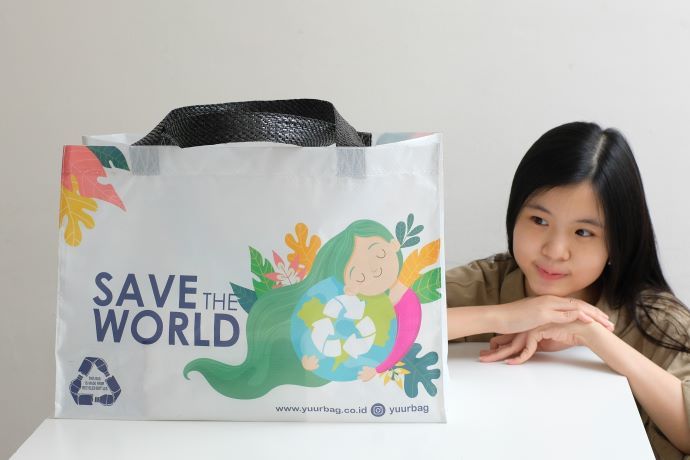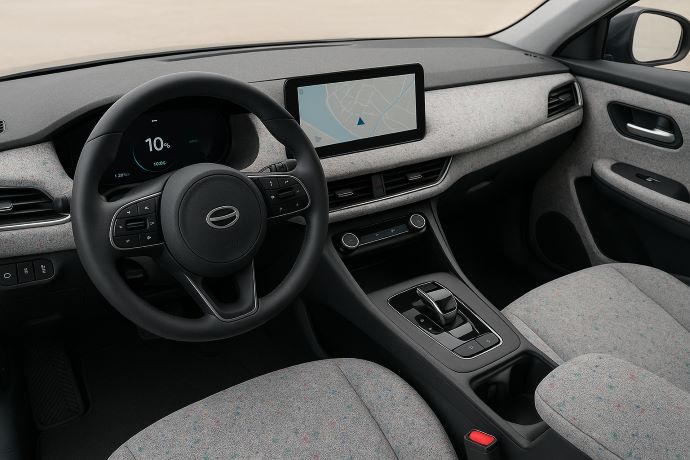Recycled HDPE vs Virgin HDPE — Performance & Buyer's Guide
Key Takeaways:
- Virgin HDPE delivers top consistency and strength — with uniform polymer chains and no prior degradation, it’s the go-to for high-spec applications like pressure pipes and certified food packaging.
- Recycled HDPE offers cost savings and sustainability — with proper sourcing and testing, rHDPE performs well in many applications while cutting waste and carbon emissions.
- The right choice depends on application needs — for critical uses, virgin HDPE may be non-negotiable, but for outdoor, storage, and non-food-contact products, rHDPE is often a smart, eco-friendly option.
What is Virgin HDPE?
Definition and Properties
Virgin HDPE (high-density polyethylene) is made from new, fossil-fuel–derived ethylene monomers. Because it has never been used or recycled, the material is pure, consistent, and mechanically strong.
Typical properties include:
- Density: 0.941–0.965 g/cm³
- Tensile strength: 21–37 MPa
- Excellent chemical resistance and low moisture absorption
These qualities make virgin HDPE the preferred choice for food-contact packaging, pressure pipes, medical devices, and products where safety and mechanical reliability can’t be compromised.
Production Process
Virgin HDPE is produced through ethylene polymerization using catalysts under controlled conditions. The process requires high energy but results in uniform polymer chains with predictable performance. The resin is then pelletized for downstream manufacturing.
What is Recycled HDPE?
Definition and Properties
Recycled HDPE is made from post-consumer (like bottles and jugs) or post-industrial scrap. It retains many of HDPE’s strengths but can vary in performance due to contaminants, shorter polymer chains, or inconsistent feedstock.
Typical observations include:
- Slightly lower tensile strength and elongation at break compared to virgin
- Possible color variation (natural rHDPE often appears grayish or off-white)
- Variability in melt flow index depending on source and processing
With proper cleaning, separation, and quality testing, recycled HDPE can achieve performance close to virgin in many non-critical applications.
Recycling Process
- Mechanical recycling: Shredding → washing → melting → pelletizing. Most common and cost-effective.
- Chemical recycling: Depolymerizes HDPE back into monomers, which can be repolymerized into near-virgin-quality resin. Useful for contaminated feedstock but more energy-intensive.
Comparing Virgin and Recycled HDPE
Strength and Durability
- Virgin HDPE: Longer, uniform chains = high tensile strength, durability, and crack resistance.
- Recycled HDPE: Still strong but may have reduced fatigue resistance or lower elongation depending on feedstock and reprocessing cycles.
Purity and Consistency
- Virgin: Predictable, consistent resin — essential for regulatory compliance.
- Recycled: Quality varies by batch, so supplier quality control is critical. Expect minor differences in color, melt flow, and density.
Read More : Understanding HDPE Pellets: Properties and Applications
Applications in Industry
Where Virgin HDPE Excels
- Food-contact containers (milk jugs, water bottles)
- Pressure pipes and fittings
- Medical and pharmaceutical packaging
- High-performance films and engineering parts
Where Recycled HDPE Works Well
- Outdoor furniture and decking
- Crates, bins, and pallets
- Park benches and playground equipment
- Non-food packaging, shopping bags, and geomembranes
In many cases, manufacturers use blends (e.g., 30–70% virgin+rHDPE) to balance performance with sustainability.
Buyer’s Checklist: What to Ask Your HDPE Supplier
Before purchasing recycled HDPE, always request a Certificate of Analysis (CoA) that covers:
- Melt Flow Index (ASTM D1238) – for processability
- Density & tensile strength – for mechanical performance
- Moisture content – ideally ≤0.2% after drying
- Ash content – typically <1% to avoid fillers/contaminants
- FTIR test – to detect unwanted polymers (e.g., PVC contamination)
- Heavy metals screening – for regulatory compliance
Cost and Environmental Impact
Cost Considerations
- Virgin HDPE: Higher cost due to energy-intensive production and oil price fluctuations.
- Recycled HDPE: Lower material cost, though advanced cleaning or sorting may add processing costs. Overall, rHDPE typically delivers 10–30% cost savings depending on market conditions.
Environmental Benefits
Life-cycle assessments (LCA) consistently show that rHDPE:
- Reduces carbon emissions by up to 50% compared to virgin
- Cuts energy use by 30–40%
- Diverts plastic waste from landfills and incineration
This makes rHDPE an essential material for companies targeting ESG goals and circular economy strategies.
Conclusion
Virgin HDPE remains the gold standard for high-spec and regulated applications, thanks to its purity and consistency. But recycled HDPE is catching up fast — offering strong mechanical properties, cost savings, and major environmental benefits.
For most industries, the future lies in balancing virgin and recycled content — using virgin where necessary and rHDPE wherever possible to meet both performance and sustainability goals.



